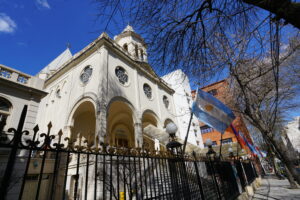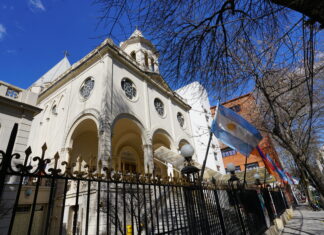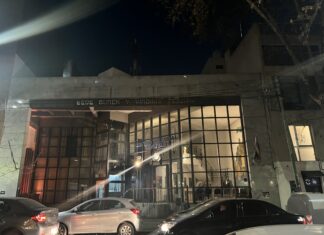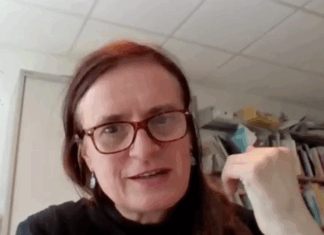By Daphne Abeel
Special to the Mirror-Spectator
For readers of a certain age, Aram Saroyan’s collection of essays that deal in large part with the poets, writers and other cultural phenomena of the 1960s, will evoke nostalgia in more than one sense. Not only are writers such as Robert Creeley, Amiri Baraka, Charles Olson and many others gradually fading from cultural memory, but the time when writers actually made a difference seems to have passed as well.
When Alan Ginsberg published his poem “Howl” in 1956 and Jack Kerouac’s On the Road appeared in 1957, these works aroused a
widespread response in the culture. There are probably still those who can recall the most famous opening lines of Ginsberg’s most famous poem (“I saw the best minds of my generation destroyed by madness, starving, hysterical naked, dragging themselves through the negro streets, looking for an angry fix…”), although it is doubtful there are many who, today, are inspired by Kerouac’s cross-country odyssey to get on a motorcycle and drive coast to coast.
Of course, we have poets and writers now, but their works do not exert the same wide-spread influence. There are too many distractions, and in the age of the Internet, anyone can publish or blog whatever he or she pleases. There are no quality controls.Who is to determine what is well said and what is not? The audience is as fragmented as the number of personal computers and laptops extant. And print, as a medium, according to many observers, is dying.
Saroyan, who is the son of William Saroyan (1905-1981), was born in 1944. He came of age in the ’60s in New York at a time when it was thrilling to pursue being a writer as a vocation. It was possible, then, to eke out a living doing book reviews and other magazine pieces while one worked on the “the great American novel” or one’s poems, and New York was, at the time, home to a plethora of rising talent in many fields.
The Cedar Tavern in Greenwich Village was the meeting place for artists such as Willem de Kooning and sculptor Alexander Calder lived just a few blocks away. The ghost of Dylan Thomas still lingered at the White Horse Tavern and in Cambridge, you could run into beat poets Ginsburg and Gregory Corso on Massachusetts Avenue or at the Hays Bick. A few years later, poet Robert Lowell could be spotted dining with his students at the Iruna Restaurant. Out west in San Francisco’s North Beach, the City Lights bookstore, co-founded by poet Lawrence Ferlinghetti, also served as a public mecca for writers and would-be writers.







